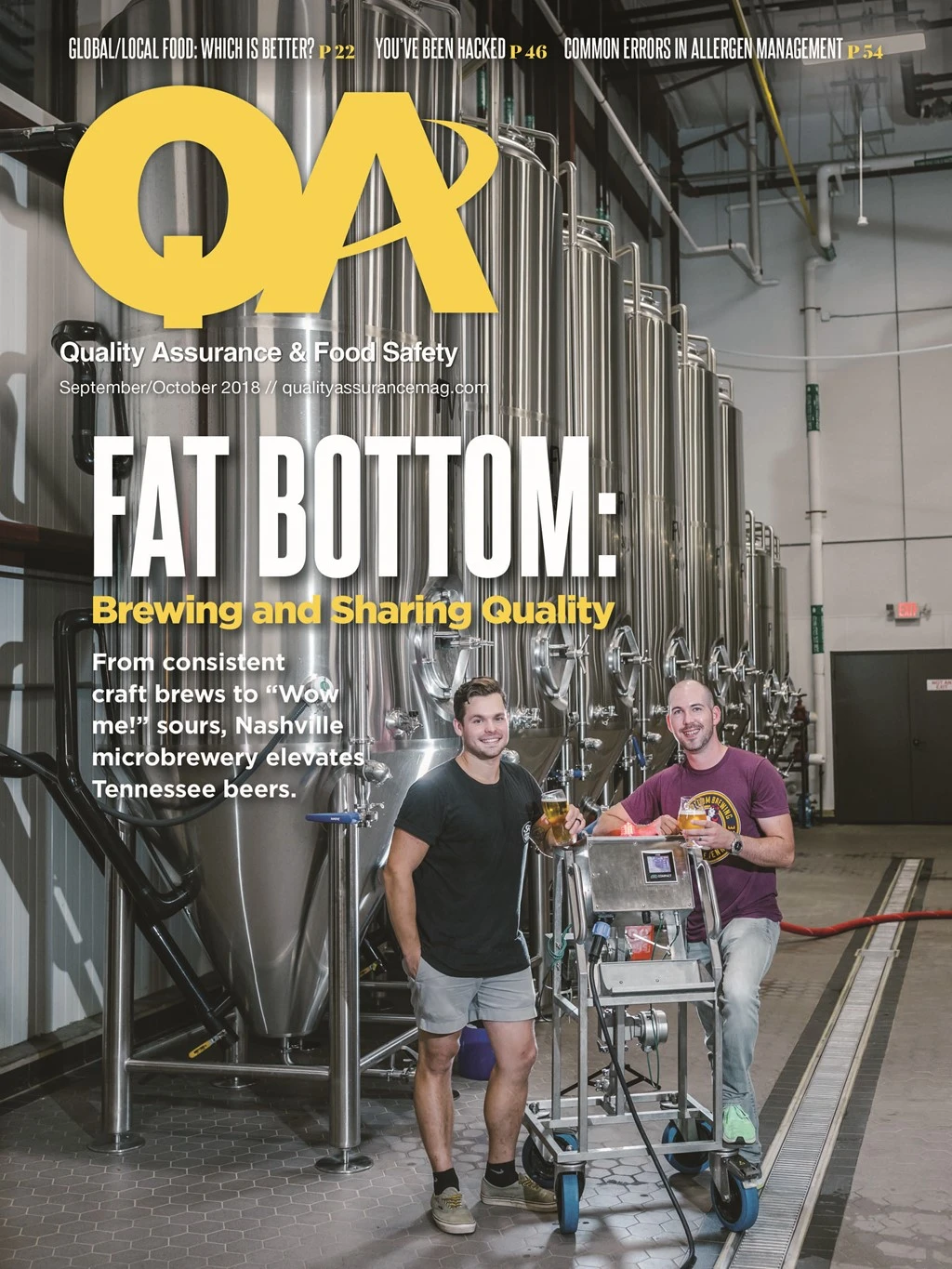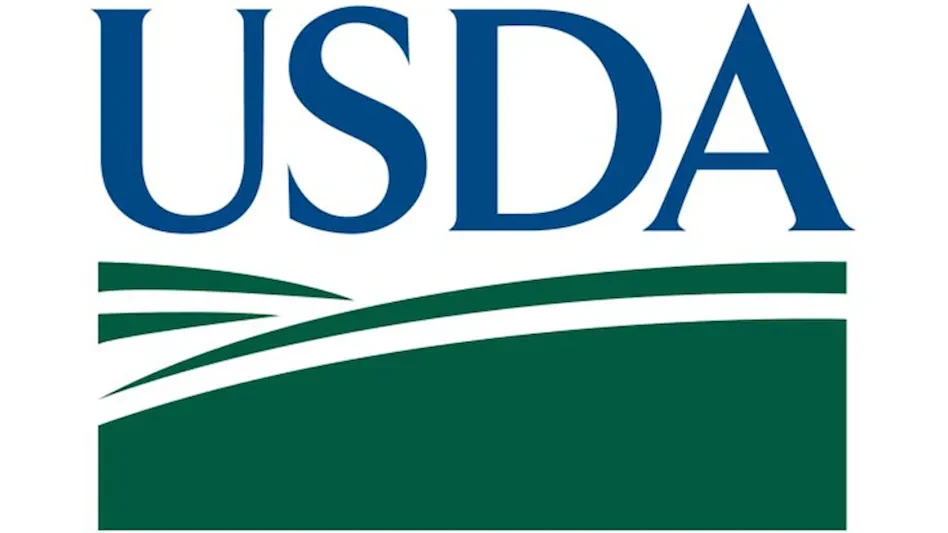
Kyle Rhoden, product manager, Hygiena, focuses on the development and marketing of PCR-based and other rapid microbial detection products. This “five questions” cover the key issues and challenges for detecting and preventing bacterial and other microbial contamination of food processing supply chains.
1. What are the most significant pathogen prevention issues faced by manufacturers and processors?
The biggest problems in food processing result from unpredictable supply line infestation, caused by bacteria introduced through a supplier and perpetuated through insufficient cleaning methods. In addition, regulatory changes, particularly surrounding the assumption of the enduring presence of Listeria monocytogenes, have meant changes to how processing is monitored.
2. What methods are available for prevention, and how do they compare?
Cell culture is the traditional method for determining the presence of bacteria, but can take days to produce results, and requires methodological expertise. Newer techniques such as next-generation sequencing hold a lot of promise due to their accuracy but remain very expensive, and require expert guidance in instrument use as well as data analysis. Immune-based methods have been around for decades but can be hampered by false-positive readings and be difficult to use. PCR instruments are engineered to be easier to use and are accompanied by more accurate assays valuable to a processor.
3. How difficult can it be for a processor to change detection technologies?
Processors would face several challenges when changing to new detection technologies. They will have to ensure that their monitoring will still follow their HACCP plan, making sure critical control points (CCPs) are still under the right scrutiny. This will mean they have to invest in equipment that’s accurate, reliable, and easy to use, but also in personnel with expertise, training, and testing equipment in a new environment. Fortunately, some manufacturers of equipment, including Hygiena, offer free support: training and installation tutorials and real-time help, as well as testing for specific food matrices using the BAX System and related PCR assays.
4. What are better ways to monitor pathogens?
The “best way” will differ between processing facility, depending on type of materials handled, size and volume of facility, and budget and staffing demands. For some, an outside laboratory may be a better option than in-house equipment. For most, a mixture of online and off-site help is optimal. For many customers, a combination of rapid-detection bioluminescent ATP-based monitoring to identify CCP issues in seconds, combined with PCR-based pathogen detection that can provide accurate, “just enough” data in hours, can prove a cost-effective method for pathogen detection and prevention within the complete supply chain.
5. What’s unique about your systems?
The BAX System is affectionately considered the “gold standard” in this industry and is the benchmark against which many other rapid methods are measured. We were the first to provide ground-breaking DNA-based pathogen detection solutions to the food industry more than 20 years ago. For that reason, the BAX System is the most widely adopted and trusted platform. Beyond pathogen detection, Hygiena is the only company focused specifically on helping customers in all industries rapidly determine the overall effectiveness of hygiene control in their facilities and supply chains, from surface residue testing all the way to practical and affordable DNA sequencing. Learn more at Hygiena.com.

Explore the October 2018 Issue
Check out more from this issue and find your next story to read.
Latest from Quality Assurance & Food Safety
- Bird Flu: What FSQA Professionals Need to Know
- Registration Open for 129th AFDO Annual Educational Conference
- Frank Yiannas, Aquatiq Partner to Expand Global Reach of Food Safety Culture
- World Food Safety Day 2025 Theme: Science in Action
- Ancera Launches Poultry Analytics System
- USDA Terminates Two Longstanding Food Safety Advisory Committees
- Catalyst Food Leaders Announces Virtual Leadership Summit for People in Food
- Food Safety Latam Summit 2025 Set for Mexico City





